Late Classic
600 C.E - 900 C.E.
The Maya developed the highest culture in pre-columbian America, which reached its peak in the late classic period. Maya priest made advancements in astronomy and mathematics comparable to advancements of ancient Egypt. The Maya had an advanced system of writing and hieroglyphs. Mayan artistic and scientific advancements in ceramics, sculpture, weaving and painting were in some aspects more advanced then their conterparts in Europe. Though they were lacking in machines and all labor was done by man, even the wheel was only used on childrens toys.


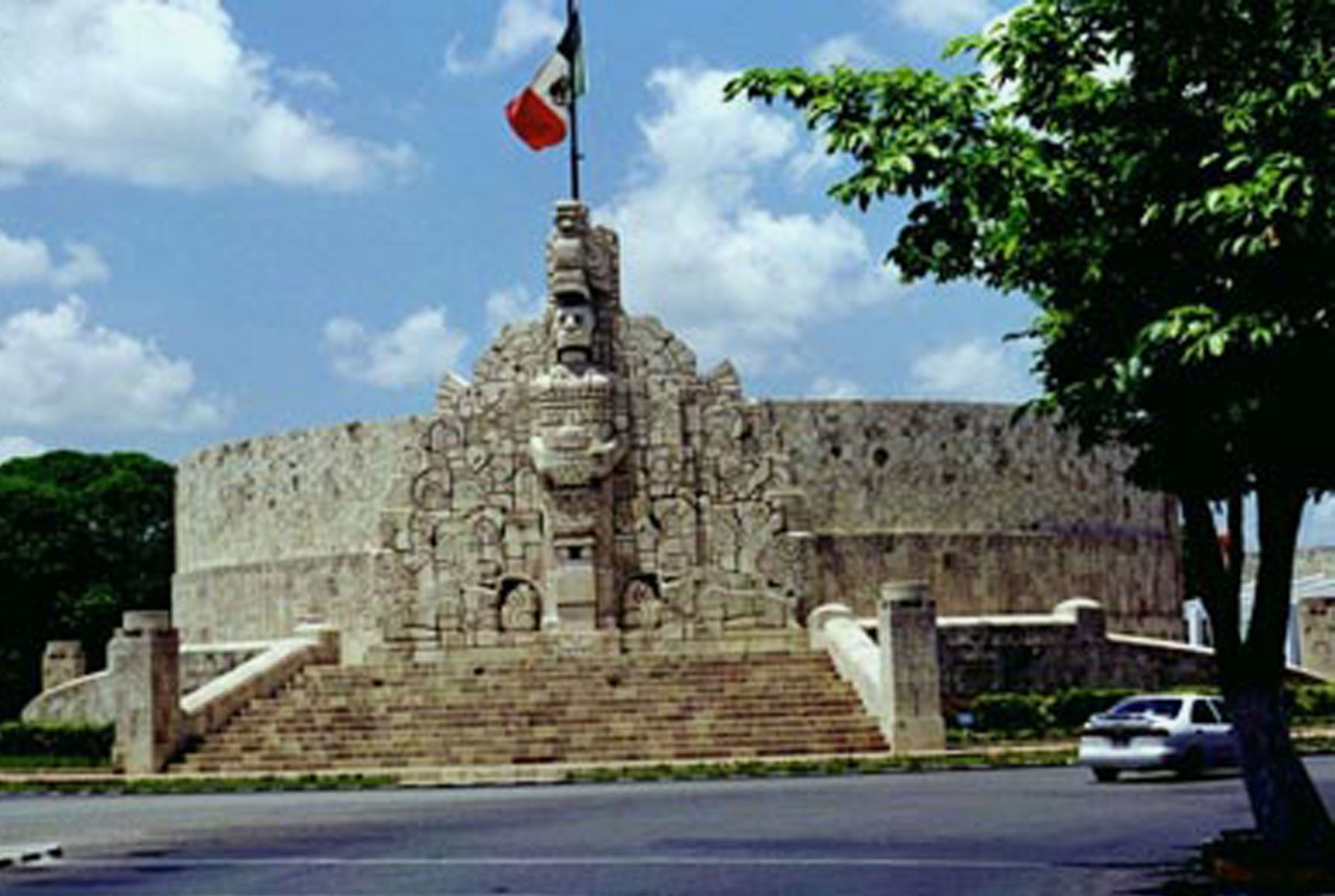
Before the Spaniards arrived, Merida had been the very large Mayan city known as Ichcansiho; also as T'Ho. Once conquered, the city of T'Ho was dismantled and the stones from its pyramids were used as the foundation for the Cathedral of San Ildelfonso
Learn More
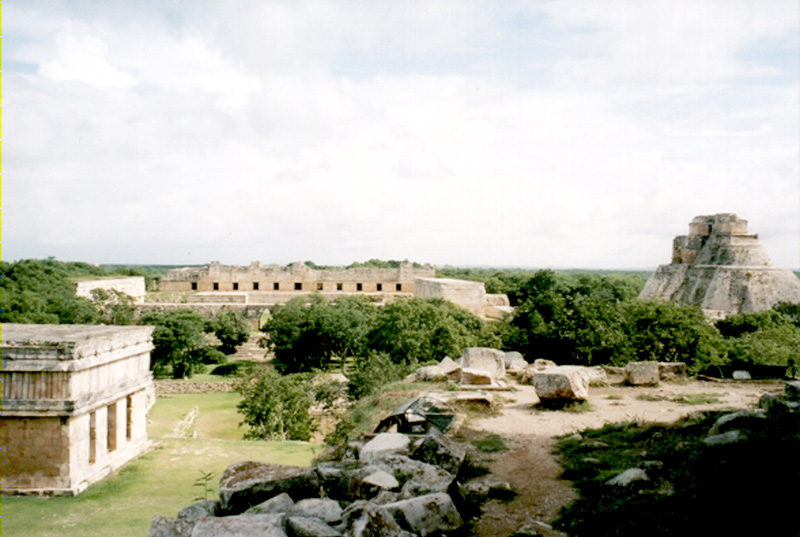
Uxmal; The "Nunnery" or " Quadrangle of the Nuns" is actually a palace complex, which stands adjacent to the Pyramid of the Magician. On the West facade of the "Nunnery" part of
an elaborate frieze shows the image of a human face emerging from the jaws of the serpent.
Learn More
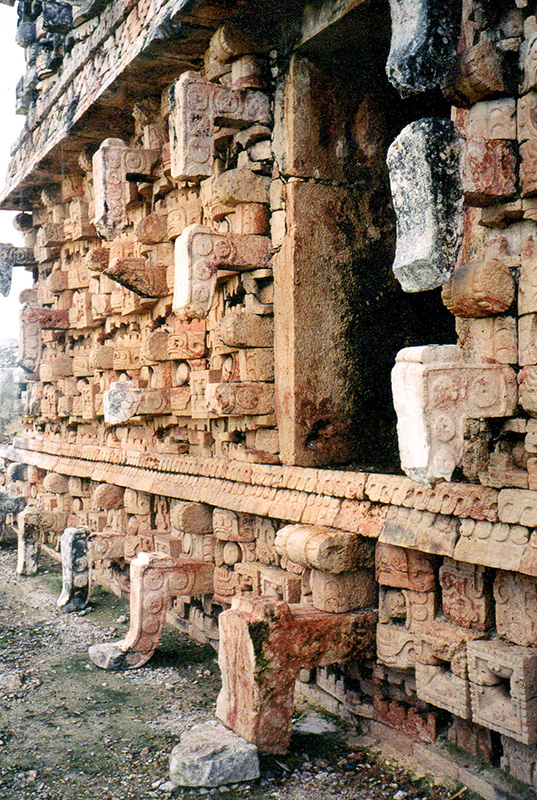
Kabah lies south of Uxmal, and connected to the larger city by a sacbe, or Mayan road. While almost certainly subordinate to its northern neighbor, Kabah was nonetheless an important location in its own right, and greets todays visitors with its own ambiance.
Learn More
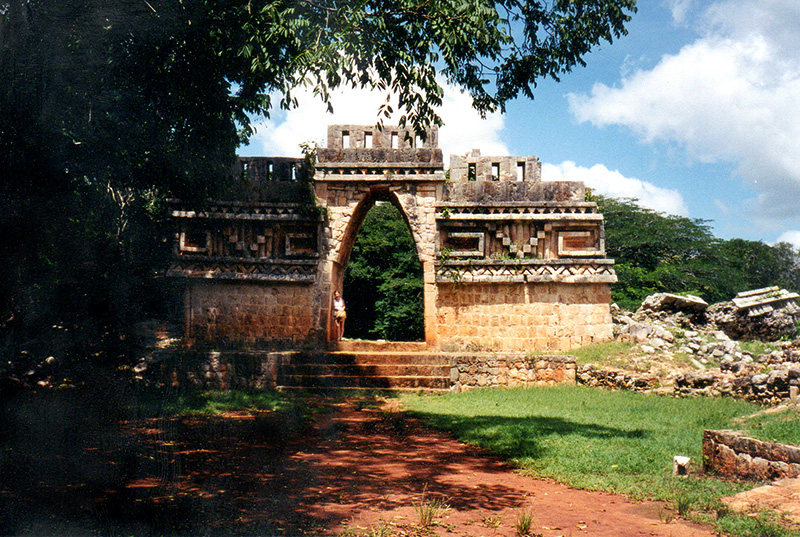
Labna, which means "Old or Abandoned House" was named by the Maya when Labna was already in ruins. This site has attracted worldwide attention for its well formed and highly decorated arch.
Learn More

Sayil means "place of the leaf-cutter ants" in Mayan. The site is from the late Classic period and at that time covered an area of three square miles. The city is unusual for its location amid several steep hills, however,
Learn More
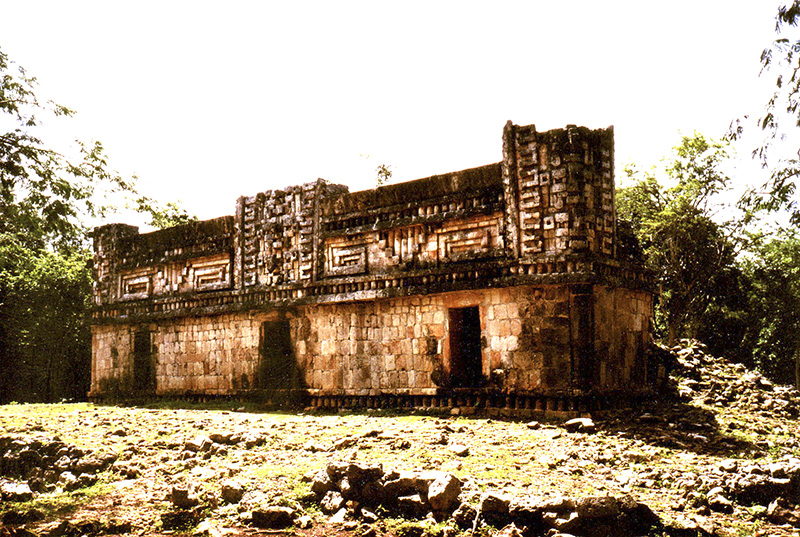
Xlapak or Xlapac is a small Mayan archaeolical site in the Yucatan of southeastern Mexico. It is located in the heart of the Pucc region, about 4 kilometres (2.5 mi) from the archaeological site of Labna and a similar distance from Sayil, lying directly between the two sites.
Learn More
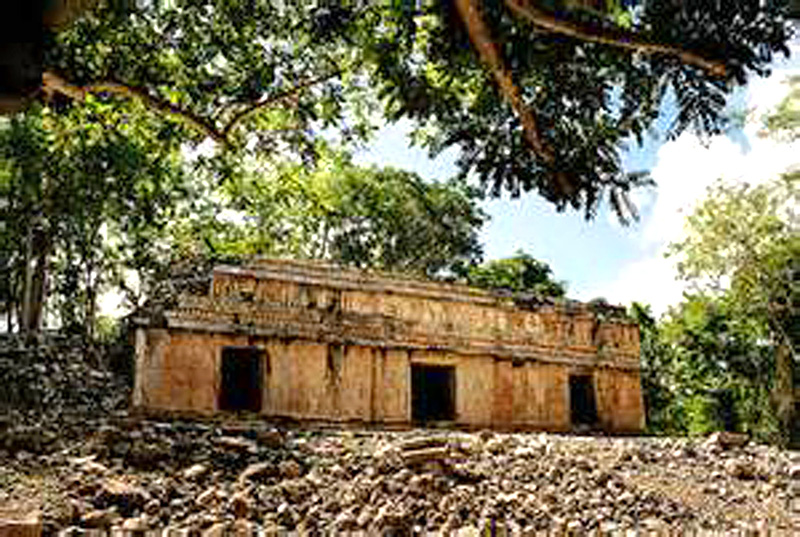
Chunhuhub in Mayan language means "Next to the Snail" (chun-next to, huhub-snail), although some investigators believe it means "the root of the pinus caribea tree" which is known in that region as "Huhub",
Learn More
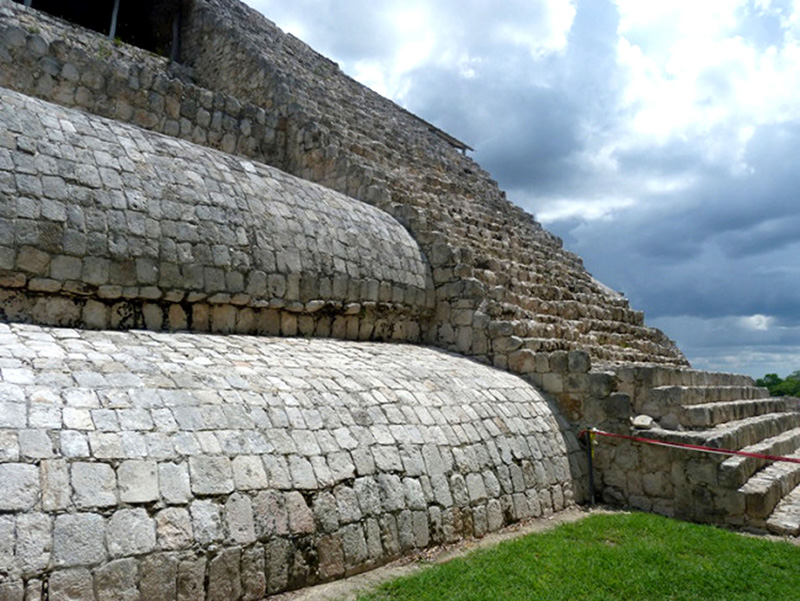
Edzna- (also known as Etzná) Means "House of the Grimace" in Mayan. The southernmost of the Puuc sites it can be reached by car and is only a one hour drive from the city of Campeche.
Learn More
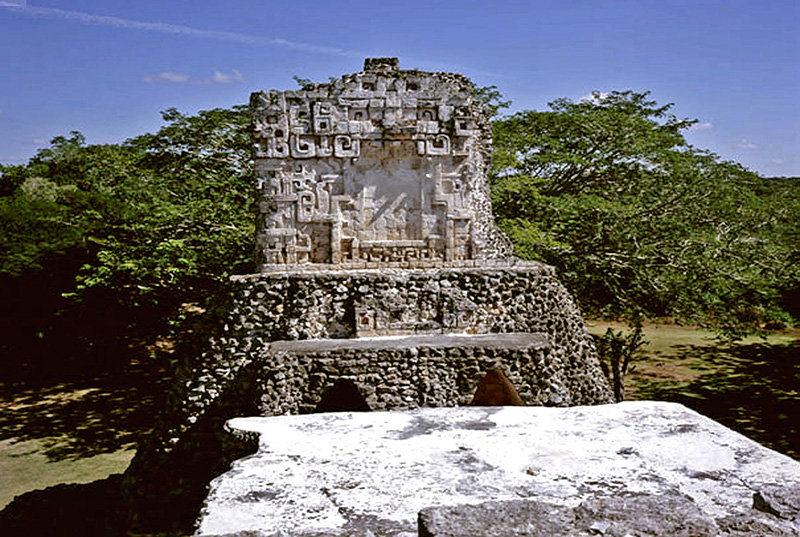
Dzibilnocac means "Painted Vault or House" or "Great Painted Turtle" in Mayan. The ruins are located near the town of Iturbide in northern Campeche.
Learn More
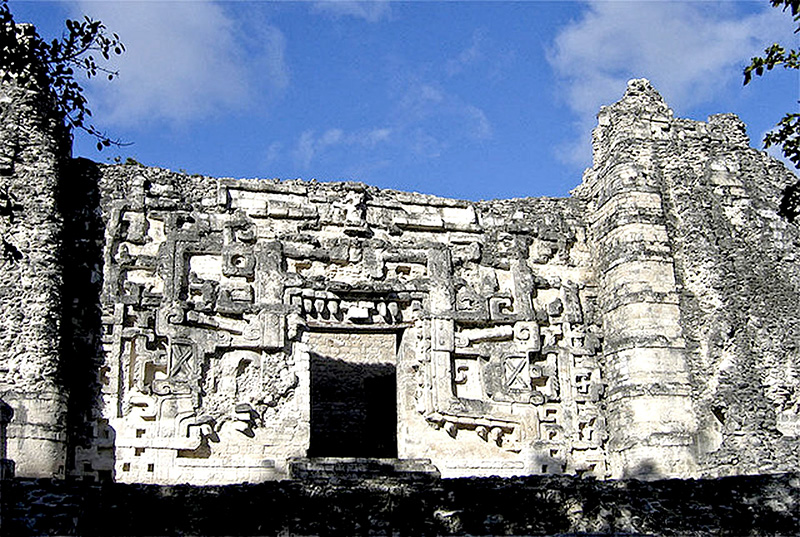
Karl Ruppert and
John Dennison first reported Hormiguero during their second expedition to Campeche, they were sent by the Carnegie Washington Institution
in April 1933. Nevertheless, it was until 1979 when the first carving and conservation actions to the site took place.
Learn More
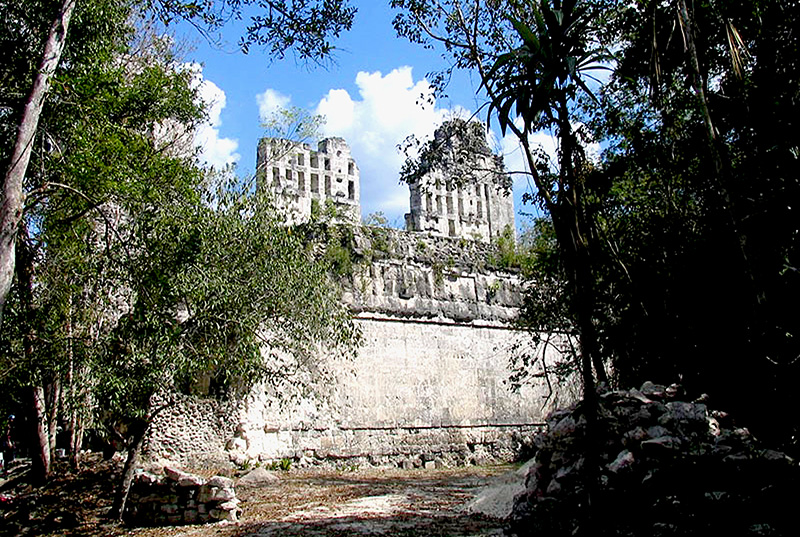
Rio Bec is located in what is now southern portion of Campeche. The name also refers to an architectural style (Rio Bec Style) that first appeared at Rio Bec and subsequently spread to other nearby sites.
Learn More
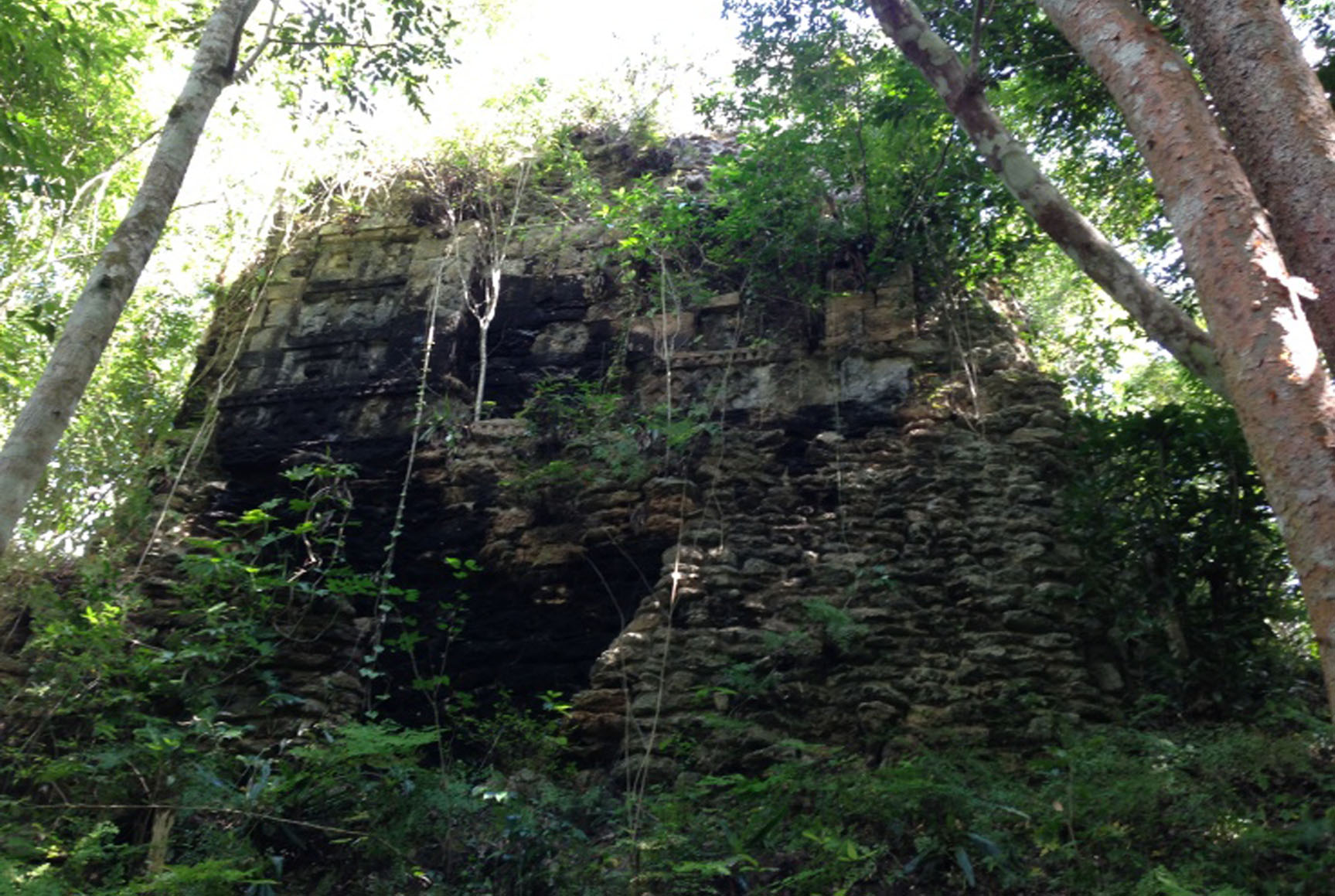
Today, this site is not open to public.
Its name Okolhuitz (okol-to-wits) means, "get in to the high bluff" in Mayan language.
Learn More
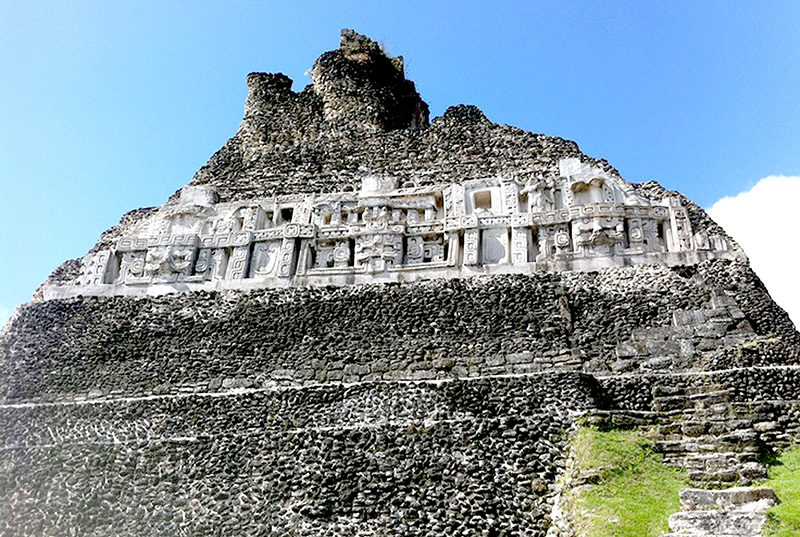
Xunantunich means "Maiden of the Rock" in Mayan. It is located about 120 kilometers from Belize City near the Maya village of San Jose Succotz. To get to the ruins you need to take a ferry, with your car, across the Mopan River.
Learn More
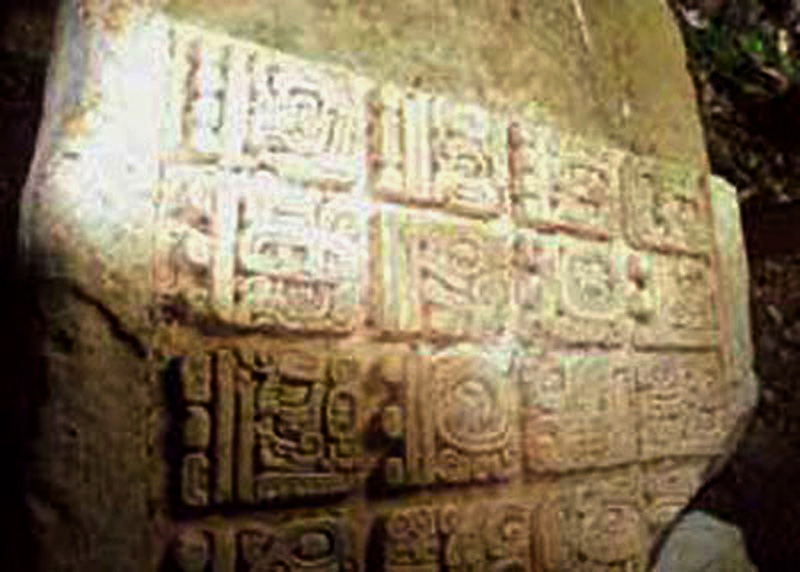
Dos Pilas - Means "Two Pools" in Spanish and was named after two springs near the ruins that look a bit like water tanks. The ruins lie about 10 miles southwest of Sayaxché in the Rio de la Pasion region.
Learn More
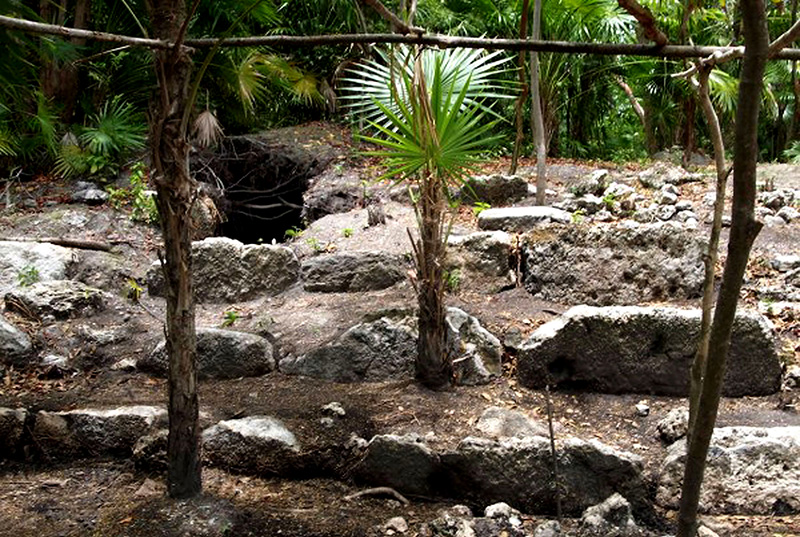
Nim Li Punit, meaning "big hat" in Mayan, was only discovered in 1976. This site has been classified as strictly a Late Classic period site. Situated along the top of a ridge in the foothills of the Mayan Mountains, the site has a commanding view of the coastal plains of the Toledo district.
Learn More

Cerro Palenque covers 26 hectares in the hills on the west side of the Ulua River Valley. The site is named after the highest of these hills, which rises to an elevation of 232 meters above sea level.
Learn More
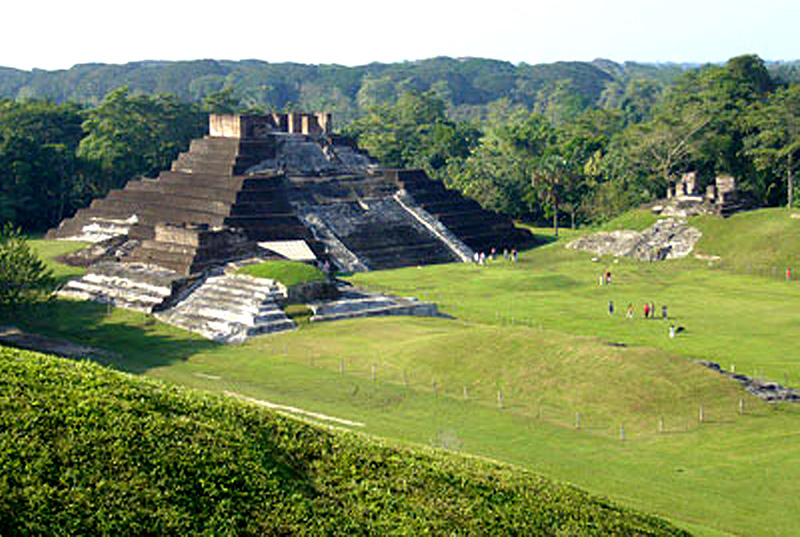
Comalcalco, located in Tabasco, is the most westward city of the Mayan area. It is differentiated from other Mayan sites by its use of brick as a substitute for stone.
Learn More

Lambityeco is a Zapotec name that translates as "Still" and "Mound". "Lambi" is the Zapotec version of the word alambique (still) which apparently refers to the ovens where salty water is boiled. "Pityec" means "mound" in Zapotec.
Learn More
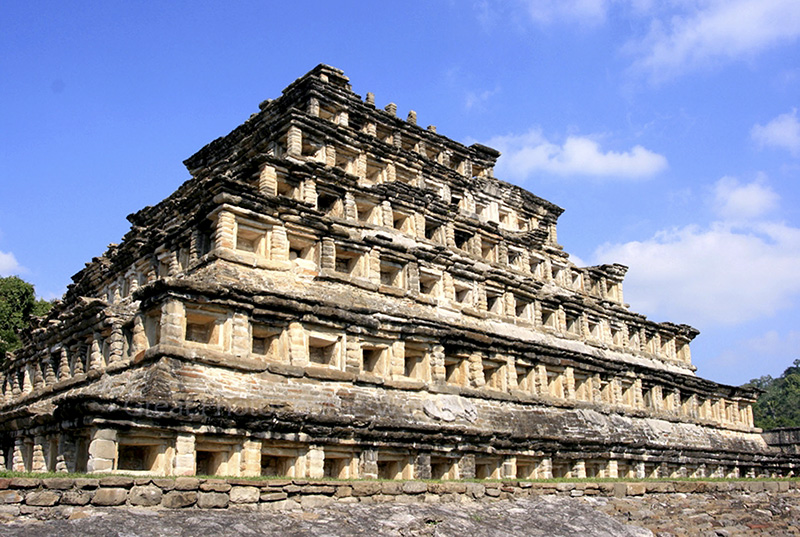
El Tajin or Tajin means "thunder"; it is not possible to be sure this is its original name nor that the ancestors of those who live in the region built the city. Nevertheless, they have developed a social and
cultural relation with the archaeological site.
Learn More